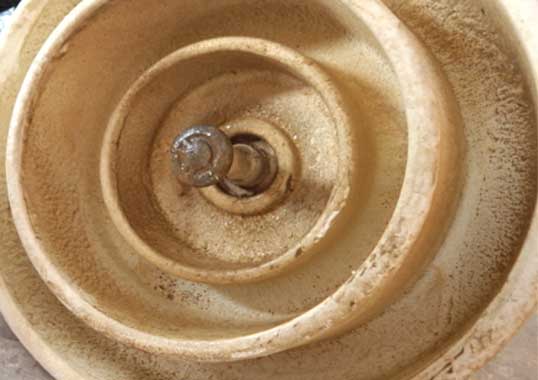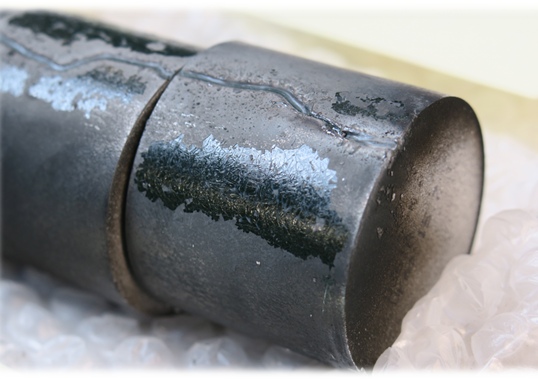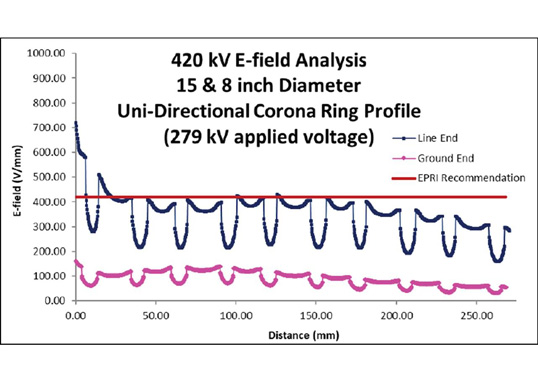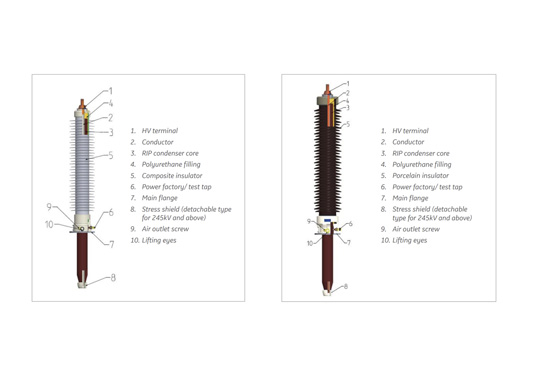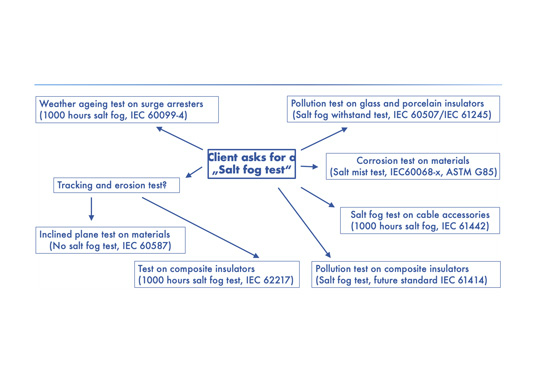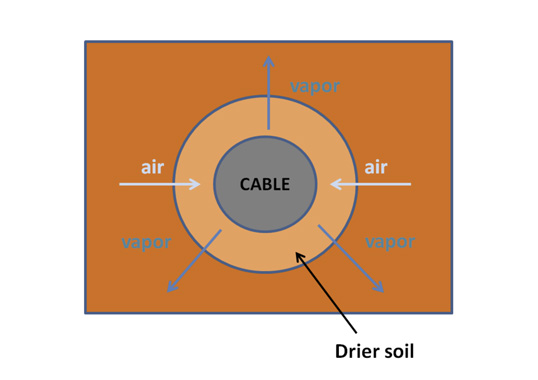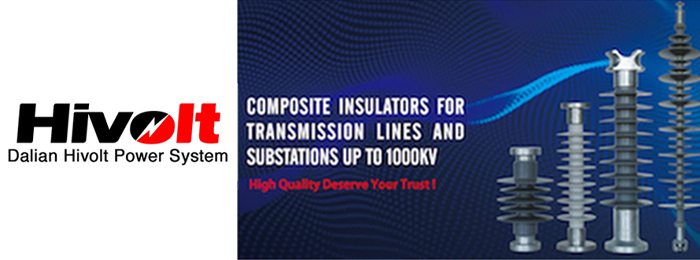Field & Laboratory Assessment of RTV-Coated Insulators in Harsh Desert Environments by Raouf Znaidi
In spite of lack of international standards and limited field studies dealing with high voltage insulators coatings (HVIC), the past decade has seen sharp growth in interest among utilities worldwide. The main goals have been to mitigate pollution-related flashovers of glass and porcelain insulators that suffer poor pollution performance due to improper selection as well as to optimize rising maintenance costs for overhead lines and substations. Such a preventive solution is increasingly being adopted in desert and coastal regions based on perceived advantages of the combination of high mechanical performance and long-term stability linked to ceramic insulators with the advantages of water repellency and encapsulation of pollution as provided by silicone insulators. Nevertheless, utility users still have concerns and questions relating to: how best to select coating formulations for service in harsh desert environments; how to optimize application in terms of thickness, uniformity and adhesion; how to test for end-of-life of a coating; etc. Nowadays, it has been clearly established that insulators coated with RTV silicone rubber will withstand higher levels of pollution than uncoated insulators having the same profile and material. But one of the issues still to be determined is residual dielectric strength and pollution withstand performance of a silicone rubber coating after several years service in severely polluted conditions. This presentation reviews results of recent research on coating performance under both natural and simulated pollution conducted to better understand distribution of pollution and to establish correlation between natural and artificial pollution testing.

